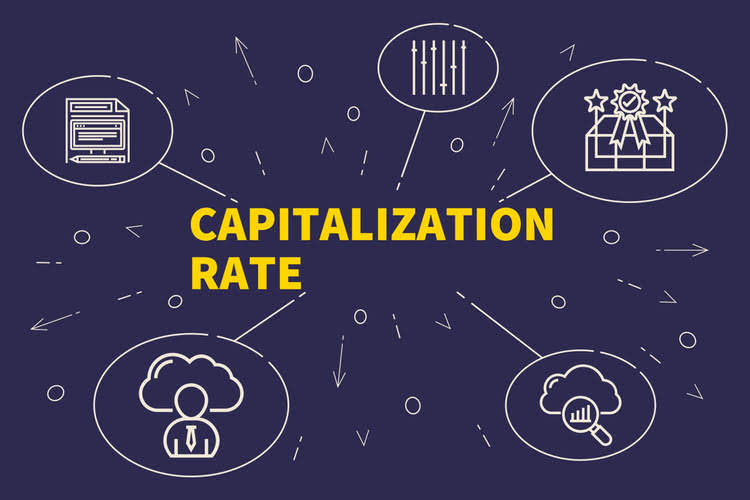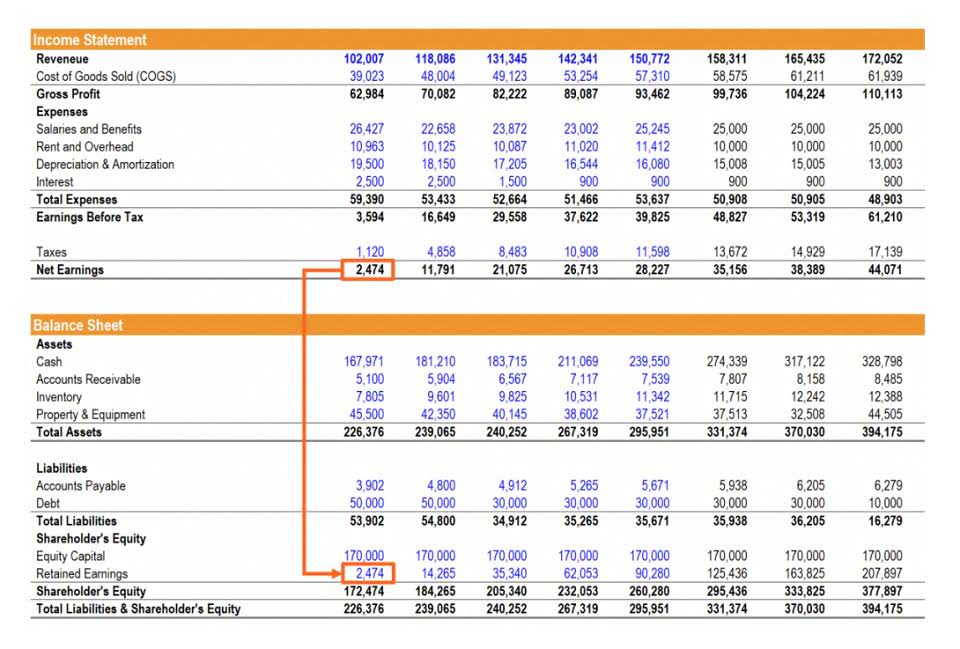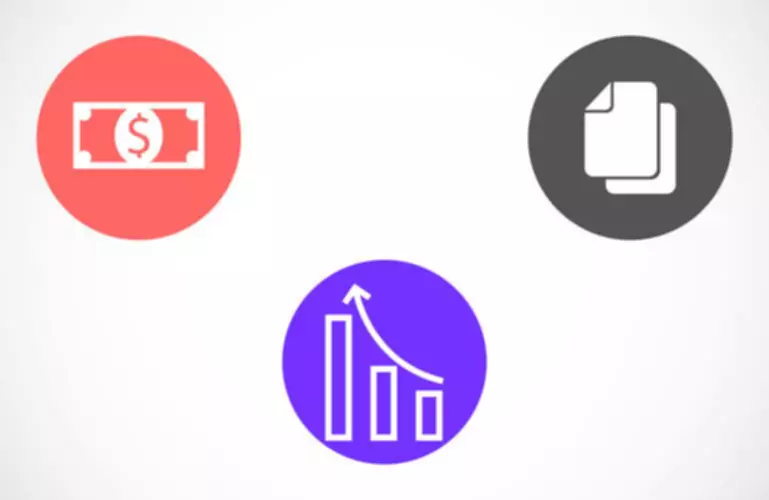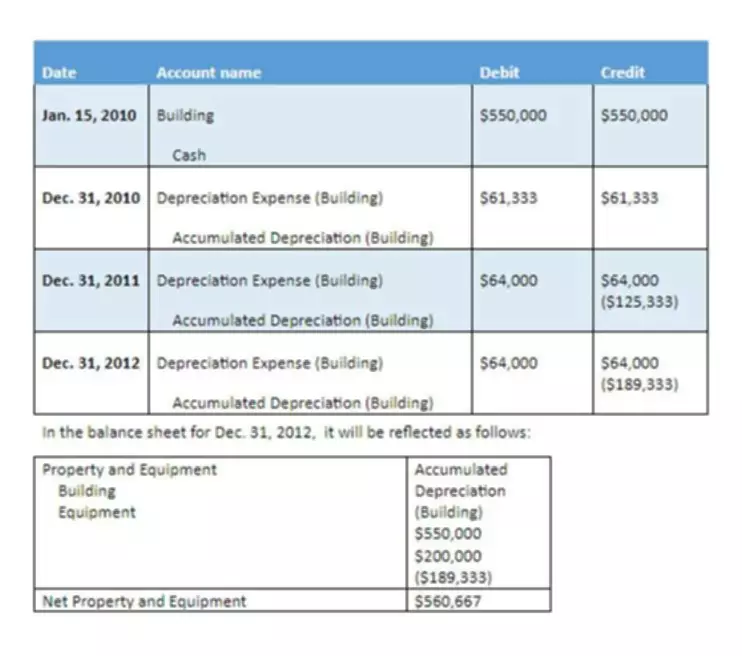Contents:
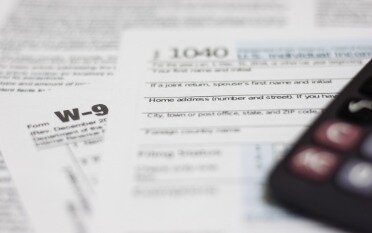

Product warranty is a type of contingent liability that is both probable and estimable in the context of accounting. Contingent liabilities are the liabilities which are dependent upon a future event and may or may not materialise later. Future occurrences determine whether a contingent liability for the company becomes an actual liability. Other important factors to take into account include the type of contingent liability and the risk attached to it. The request should clearly indicate that the provisions recognition criteria should be assessed for each reported case at the end of each reporting period to determine whether cases still meet the recognition requirements.
If the firm determines that the likelihood of the liability occurring is remote, the company does not need to disclose the potential liability. Record probable contingent liabilities on the general ledger as accruals. Debit the expense account that corresponds to the type of cost and credit the accrued liability account. When you realize and pay the liability, debit the accrued liability account and credit the cash account from which you made the payment. Unrecognized liabilities that have known costs are not considered contingent.
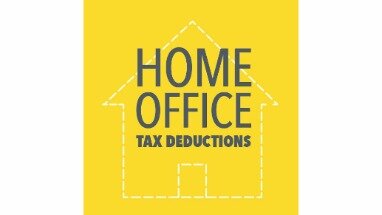
The Accounts Division should instead maintain an excel sheet containing the key details regarding each significant contingent liability requiring disclosure. Cash flows should only be discounted to their net present value when the impact is material. In practice, the Accounts Division may need to calculate the discounted cash flows in order to determine whether or not the impact is material. The Accounts Division can therefore use the recognition of provisions process to gather all of the necessary information relating to the adjustment of provisions. The information request issued for the recognition of provisions in section 3.1.1 should include a request for updated information on existing provisions. The review conducted by the Accounts Division should focus on responses from offices where provisions have been significantly reduced or fully removed from submissions between reporting dates.
Understanding the Types of Contingent Liability
Or liabilities on the balance sheet before the conditions are met. There are three primary conditions that need to be met for a contingent liability to exist. So if a company has a strong cash flow position and can experience rapid growth earnings, it can probably avoid the impact being too large. Hypothesize a scenario in which one could intentionally misstate liabilities for his on her personal financial gain. Recommend two actions that companies can take to prevent or detect intentional misstatements of liabilities for personal financial gain. The concept that a business has a reasonable expectation of remaining in business for the foreseeable future is called the a.
N1.49trn Judgment Debt Threatens Union Bank’s Stability – The … – The Whistler Newspaper
N1.49trn Judgment Debt Threatens Union Bank’s Stability – The ….
Posted: Wed, 19 Apr 2023 17:56:12 GMT [source]
Above indicates relevant stakeholders that may be responsible to provide information on provisions, contingent liabilities and contingent assets as part of the Accounts Division information request and review process. Details of contingent liabilities are also included in this template as such events may vary between provision and contingent liability depending of the uncertainty of the potential outflow. Where a material non-adjusting eventis identified, the amounts in the financial statements for the reporting should not be adjusted to reflect the event. Material non-adjusting events are instead disclosed in the notes to the financial statements.
What is a contingent liability?
As no provision exists in the financial statements for these two cases, two new provisions should be recognized in the statement of financial position, for USD 3 million and USD 10 million respectively. Expenses of USD 3 million and USD 10 million will be recognized in the statement of financial performance. Recognized as provisions or contingent liabilities in the previous reporting period). The current year information response would ideally be based on the prior year response, which therefore includes all items from the prior year. This allows preparers to update each case with the current year status, for example, case settled and paid, withdrawn, increased probability.
Considering no other pending lawsuits, prepare journal entries for the year ending 2018, when Samsung lost the lawsuit and had to pay $500 million. If the obligation or the liability is reasonably possible but not probable. The outcome of the pending obligation is known and the value can be reasonably estimated. I acknowledge that there may be adverse legal consequences for making false or bad faith allegations of copyright infringement by using this process. Relocation costs for employees are related with exit and disposal activities. Get all the important information related to the CBSE Class 11 Exam including the process of application, important calendar dates, eligibility criteria, exam centers etc.

Amount noted above would be reported by OLA via provisions reporting template which then would serve as a basis for provisions note disclosure compilation. And since remaining balance of USD 500,000 is already reflected in the OLA y/e submission , there is no need to book an entry of USD 500,000 as noted above. In 20X1 an interim payment of USD 1.5 million was paid and an estimated USD 500,000 remains at the end of the reporting period . The USD 1.5 million decrease is confirmed by the report run from Umoja which showed Dr Expenses and Cr Accounts Payable.
IAS 12 — Accounting for uncertainties in income taxes
Thus, you should review the disclosures accompanying a company’s financial statements to see if there are additional risks that have not yet been recognized. These disclosures should be considered advance warning of amounts that may later appear as formal liabilities in the financial statements. Disclose the existence of the contingent liability in the notes accompanying the financial statements if the liability is reasonably possible but not probable, or if the liability is probable, but you cannot estimate the amount. “Reasonably possible” means that the chance of the event occurring is more than remote but less than likely. Disclose the existence of a contingent liability in the notes accompanying the financial statements if the liability is reasonably possible but not probable, or if the liability is probable, but you cannot estimate the amount. A contingent liability is a potential liability that may occur in the future, such as pending lawsuits or honoring product warranties.
It can also be a current financial obligation that is unlikely to be paid or whose amount cannot be determined with confidence. Companies, through sufficient insurance coverage and established reserves, can reduce the risks related to contingent liabilities. According to GAAP, there are three types of contingent liabilities – Probable, Possible, and Remote. As the provision has already been reversed automatically at the start of the reporting period.
- IAS 37 defines and specifies the accounting for and disclosure of provisions, contingent liabilities, and contingent assets.
- Accounting standards specify the disclosure requirements for contingent liabilities.
- The term “warranty liability” refers to a financial obligation that is recorded to pay for the cost of potential future claims resulting from product warranty agreements.
The term “Contingent Liability” refers to an anticipated financial obligation that could be a probable liability that may or may not arise from a future event that is unpredictable and beyond the enterprise’s control. An acquiree shall recognize in its separate financial statements any acquisition-related liability incurred by the acquirer only if the liability represents an obligation of the acquiree in accordance with other applicable Topics. Contingencies related to the carve-out business that are either reasonably possible or probable but not estimable require disclosure in the carve-out financial statements. A key accounting concept called ‘prudence’ ensures that liabilities and expenses are not understated while assets and income are not overstated. A company is not required to set aside funds to cover such liabilities when recording them; therefore, recording these liabilities does not affect the firm’s cash flow.
In May 2020 the Board issued Onerous Contracts—Cost of Fulfilling a Contract. We undertake various activities to support the consistent application of IFRS Standards, which includes implementation support for recently issued Standards. We do this because the quality of implementation and application of the Standards affects the benefits that investors receive from having a single set of global standards. The loss is not accrued because it is unlikely that liability will arise soon.
IAS 37 Provisions, Contingent Liabilities and Contingent Assets
In order to safeguard your company’s finances and reputation, you must take both existing and potential obligations into consideration when you engage into a contract. Snelling Co. did not record an accrual for a contingent loss but disclosed the nature of the contingency and the range of the possible loss. Bad debt expense is an expense that a business incurs once the repayment of credit previously extended to a customer is estimated to be uncollectible.
ONCOTELIC PROVIDES YE 2022 FINANCIAL RESULTS … – GlobeNewswire
ONCOTELIC PROVIDES YE 2022 FINANCIAL RESULTS ….
Posted: Mon, 17 Apr 2023 11:00:00 GMT [source]
A what does mm mean liability is recorded first as an expense in the Profit & Loss Account and then on the liabilities side in the Balance sheet. When a company recognises the possibility of a loss in advance, it has the opportunity to make provisions for such losses, attempting to mitigate the impact of such future loss. However, this is not the reason for recording a contingency as a liability on the books. They are obligations that may or may not arise in the future and have to only be disclosed in the financial statement footnotes. Similarly, being aware of contingent liability may affect a creditor’s decision to extend a loan to a business. The company’s ability to repay its debt could be negatively impacted if the contingent liability materialises into an actual liability.
Medium Probability of Loss
Although it is an off-balance sheet item, its value does not display in the liabilities side of the balance sheet’s amount column. In this case, contingent Liability is only recorded if the loss is likely to occur and the amount of loss may be reasonably estimated. The term “probable” refers to the likelihood of a future occurrence occurring. As a result, the liability must be described in the footnotes that accompany the financial statements. Determining whether a liability is remote, reasonably possible, or probable and estimating losses are subjective areas of financial reporting. External auditors are on the lookout for new contingencies that are not yet recorded.
Pension fund relief will benefit workforce and baking companies – BakingBusiness.com
Pension fund relief will benefit workforce and baking companies.
Posted: Wed, 12 Apr 2023 07:00:00 GMT [source]
Sometimes, the contingent liability is recorded in the footnote of a financial statement. On the other hand, if it is only reasonably possible that the contingent liability will become a real liability, then a note to the financial statements is required. Likewise, a note is required when it is probable a loss has occurred but the amount simply cannot be estimated.
This means that they can potentially negatively impact the health and financial performance of a company. Ultimately, this is why these situations or circumstances must get disclosed in the financial statements of a company. Within this principle, referring to the term material also refers to the liability being significant. Since some contingent liabilities can have a negative impact on the financial performance and health of a company, having knowledge of it can influence decision-making when it comes to financial statements.
(Accounts with 0 balances will likely be omitted.) The total of the Debit balance column and the Credit balance column should be identical. These final balances are known as the adjusted trial balance, and these amounts will be used in the organization’s financial statements. The amounts that a business earns from selling goods or providing services to its customers. Under the accrual method of accounting, revenues are reported on the income statement for the period when the revenues were EARNED .
Certain investors may demand a stock buy back, if they believe that a company is not properly deploying its available funds. Yet another reason to repurchase shares it to eliminate the holdings of smaller investors, so that a public company can reduce the total number of investors and thereby take itself private. A legal entity organized under the state laws that is considered separate from its owners.
- The outcome of the pending obligation is known and the value can be reasonably estimated.
- Revenues are deferred to a balance sheet liability account until they are earned in a later period.
- The journal entry would be to debit legal expense and credit to record the legal liability.
- But external auditors will assess the company’s existing classifications and accruals to determine whether they seem appropriate.
Provisions should be discounted to the present value of the outflows required to settle the obligation where the effect of the time value of money is material. The discount rate will be based on the opportunity cost which is the rate of return that could have been earned from investments held in Cash Pools. Remote.If a contingent loss isremote, the chances that a loss will occur are slight. No disclosure or accrual is usually required for remote contingencies. Generally, the amount of these liabilities must be estimated; the actual amount cannot be determined until the event that confirms the liability occurs. A contingent liability is the result of an existing condition or situation whose final resolution depends on some future event.

